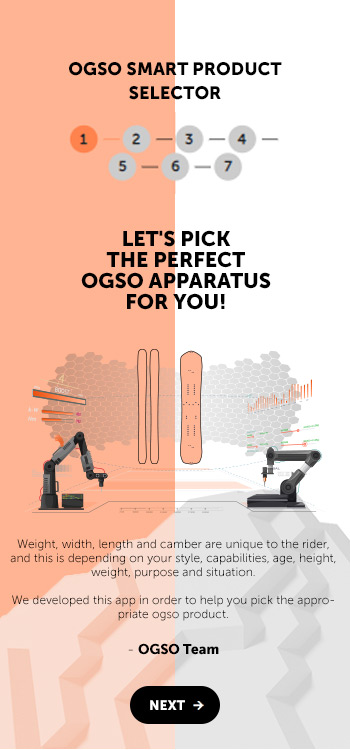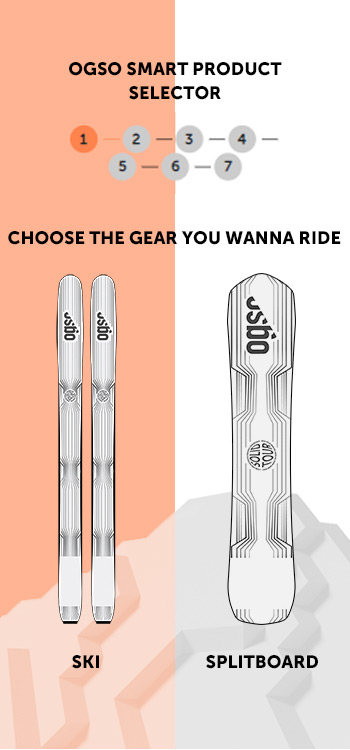The Smart Product Selector (SPS) is a state-of-the-art Web application designed to help skiers and users select their ideal ski or splitboard. Developed by OGSO, the SPS is the result of a collaborative effort between ski professionals and software developers, who have combined their expertise in order to create a truly exceptional product selection tool.
The SPS takes into account seven key inputs in order to recommend skis or split boards that are specifically tailored to the user’s individual needs and preferences.
The first input is the user’s height, which is used to determine the appropriate length of the ski or splitboard. This is critical as skis that are too long or too short can negatively impact slope performance and safety. The length of the ski or splitboard is calculated based on the height of the user and is adjusted accordingly to ensure a perfect fit.
The second input is the user’s weight, which is used to determine the appropriate weight of the ski or splitboard. This is crucial as skis that are too heavy or too light can affect the user’s ability to maneuver and control their speed. The weight of the ski or splitboard is calculated based on the user’s weight and adjusted accordingly to provide optimal performance and safety.
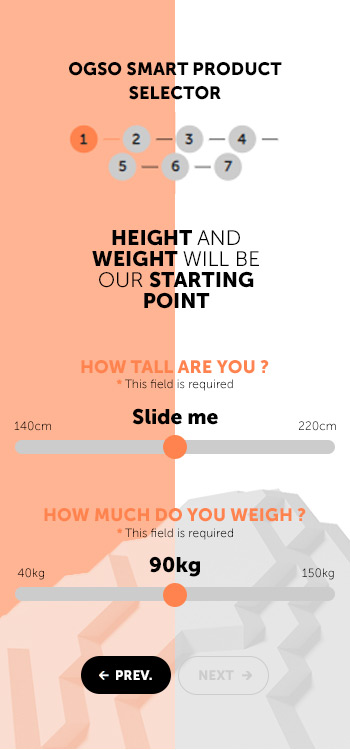
The third input is the user’s ski level, which is used to recommend skis or splitboards that are appropriate for the user’s skill level. This is important as skis that are too advanced or too basic for the user’s ability can lead to an unsatisfactory experience on the slopes. The SPS takes into account the user’s ski level and recommends skis or splitboards that are perfectly suited to their ability.
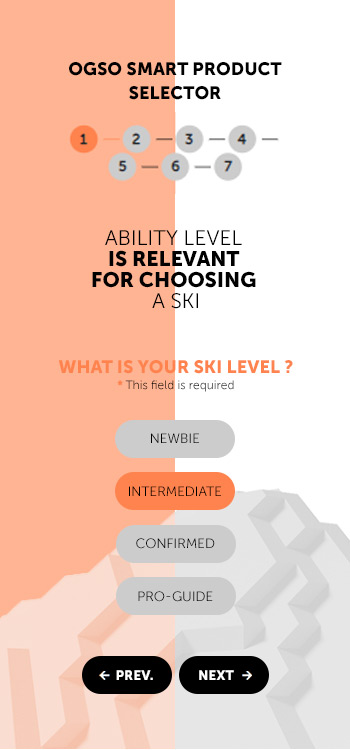
The fourth input is the terrain type, which is used to recommend skis or splitboards that are optimized for specific conditions. Different terrains present different challenges, and the SPS takes this into account when making recommendations.
For example, a ski designed for powder snow would not be recommended for a skier looking to ski on groomed slopes.
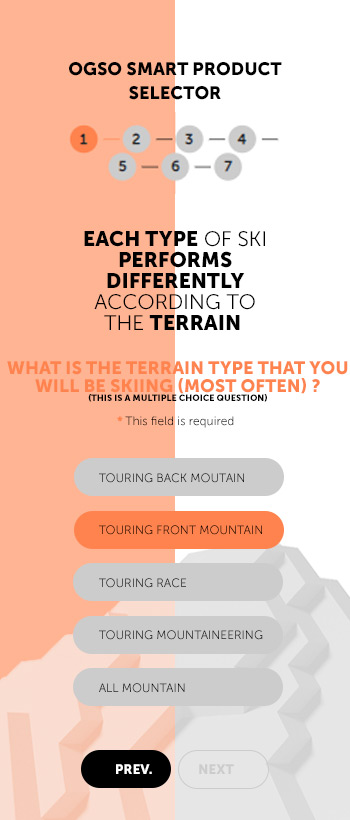
The fourth input is the terrain type, which is used to recommend skis or splitboards that are optimized for specific conditions. Different terrains present different challenges, and the SPS takes this into account when making recommendations. For example, a ski designed for powder snow would not be recommended for a skier looking to ski on groomed slopes.

The fourth input is the terrain type, which is used to recommend skis or splitboards that are optimized for specific conditions. Different terrains present different challenges, and the SPS takes this into account when making recommendations. For example, a ski designed for powder snow would not be recommended for a skier looking to ski on groomed slopes.

The fourth input is the terrain type, which is used to recommend skis or splitboards that are optimized for specific conditions. Different terrains present different challenges, and the SPS takes this into account when making recommendations. For example, a ski designed for powder snow would not be recommended for a skier looking to ski on groomed slopes.

The fourth input is the terrain type, which is used to recommend skis or splitboards that are optimized for specific conditions. Different terrains present different challenges, and the SPS takes this into account when making recommendations. For example, a ski designed for powder snow would not be recommended for a skier looking to ski on groomed slopes.

The sixth input is the skiing style, which is used to recommend skis or splitboards that are optimized for specific conditions. Different skiing styles require different equipment, and the SPS takes this into account when making recommendations.
For example, a ski designed for carving would not be recommended for a skier looking to ski in the backcountry.

The fifth input is the snow conditions, which are used to recommend skis or splitboards that are optimized for specific conditions. Different snow conditions require different equipment, and the SPS takes this into account when making recommendations.
For example, a ski designed for hard-packed snow would not be recommended for a skier looking to ski in deep powder.

The fourth input is the terrain type, which is used to recommend skis or splitboards that are optimized for specific conditions. Different terrains present different challenges, and the SPS takes this into account when making recommendations. For example, a ski designed for powder snow would not be recommended for a skier looking to ski on groomed slopes.

The fourth input is the terrain type, which is used to recommend skis or splitboards that are optimized for specific conditions. Different terrains present different challenges, and the SPS takes this into account when making recommendations. For example, a ski designed for powder snow would not be recommended for a skier looking to ski on groomed slopes.



